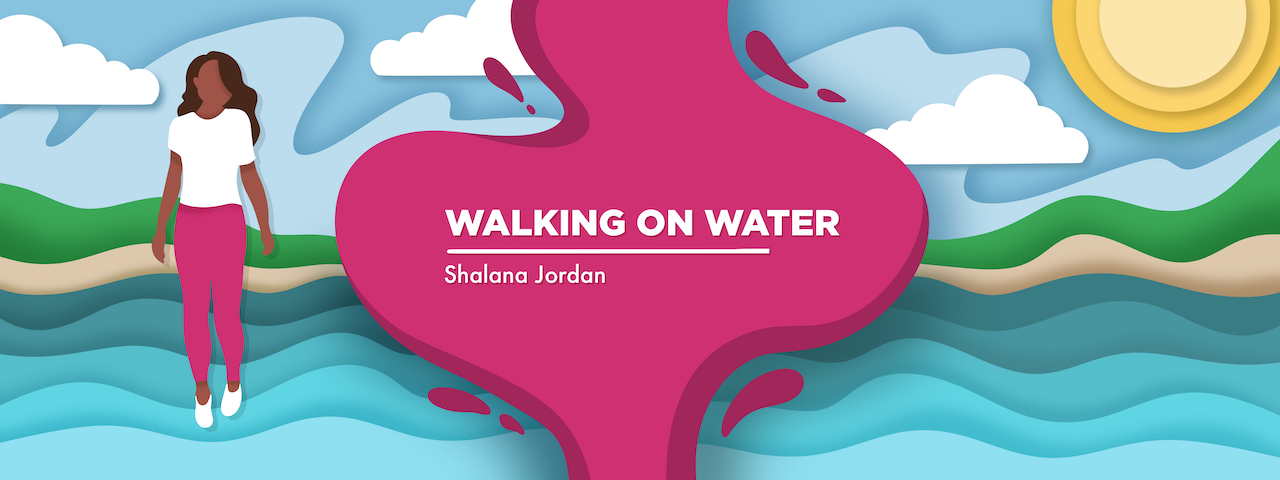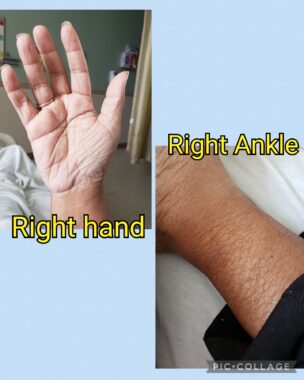A brush with death during dialysis following my aHUS diagnosis
How a medical treatment that had become routine almost became fatal for me

Dialysis, which performs the kidneys’ work by filtering blood, is hard on the human body. It’s usually given to patients whose kidneys are functioning at less then 15% because of injury, infection, disease, or other medical complications. When I was on dialysis, it caused me some atypical side effects, including weight loss, gut health imbalances, physical illness, and more.
As an active 36-year-old in September 2020, I knew nothing about dialysis. But I landed in intensive care for two months with multiorgan failure, caused by a rare disease called atypical hemolytic uremic syndrome (aHUS). I went from being healthy to needing dialysis to live.
In the emergency room, the initial tone was light, even as medical staff inquired about my symptoms and took blood. They interacted with my boys, who were then 4 and 5 years old. My youngest even hit one of the doctors in the head with a paper airplane! We all laughed.
But when my nephrologist entered the room, the tone changed. Even my boys felt the tension and got quiet for the first time in hours.
“Ms. Jordan,” he said, “there’s no easy way to say this. You’re dying. Your kidneys are functioning at less then 5%.”
‘Something’s wrong’
And that’s how my dialysis journey began. Emergency surgery was done to place a port catheter in my chest. Then I began dialysis every other day. Approximately 70% of aHUS patients need this process at some point. Even before my aHUS diagnosis, dialysis was one thing I definitely needed.
The process was exhausting; life was being sucked out of me each time. Staff would roll me to dialysis in my bed. I remember thinking that this seemed silly because I could walk just fine. But I soon realized that I always fell asleep during dialysis, so being in the bed was nice.
During the process, they monitored my blood pressure and fluid removal. I was in dialysis often, so I knew all the technicians; we joked, chatted, and gossiped. I became a regular fixture.
Then came my final scheduled hospital day! It started like any other: 4 a.m. blood draws, 5 a.m. weight check, 5:30 a.m. medications, and 6 a.m. dialysis. I saw the morning schedule as a hostage situation.
“You’ll have to keep me updated on your dates,” I eagerly said, “because today’s my last day!”
“What? That’s great news!” the technician replied as she hooked me to a machine.
Other staff chimed in on the discussion as our banter continued. I made a joke about comparing the dating pool to the pool in the movie “Poltergeist,” and everyone laughed — everyone but me. I felt strange.
I wasn’t sleepy, but my scope of vision was shrinking. The room was getting darker, I felt dizzy despite sitting, and I was suddenly really thirsty, with instant cotton mouth. Something wasn’t right.
“Something’s wrong,” I said. “I don’t feel good. Can you check my … my … .” I couldn’t finish my sentence. My words slurred as if I were intoxicated. I felt my eyes roll back in my head. And the last thing I remember was someone saying, “Her pressure’s 57/20 and dropping!”
Darkness. All I saw was darkness. I was too weak to open my eyes. My body wouldn’t respond. I could hear sounds, but everything sounded muddled, as if I were underwater.
When I awoke, I felt different than after past blackouts, more like life was thrown back into my body with a jolt. My chest and head hurt. I felt so weak. All I could hear was, “Oh, God, I’m so sorry!” from my panicked technician. “I’ve never done that. I’m so sorry.”
When she programmed my machine, she hadn’t factored in that I was still urinating. The amount of urine in the bladder affects how much fluid should be removed. This time too much fluid was removed, and it caused my blood pressure to drop.
Later in my room, I examined my hands. They looked like all the fluid had been sucked out of them. My skin sagged and hung from my bones. My feet and ankles also shrank, with the skin on my ankles looking thin and papery. My cheeks sunk in where I usually placed contouring makeup.
Now, two years later, my hands and face are permanently changed. I don’t need contouring makeup anymore. And the ring that was snug on my ring finger is now too big. It fits on all my fingers now.
Dialysis can be dangerous. But without it, I would’ve died. Thankfully, the implementation of Soliris (eculizumab) and, more recently, Ultomiris (ravulizumab-cwvz), allows time for many patients’ kidneys to heal some, my own included. Before 2011, when Soliris was approved in the U.S., 79% of aHUS patients either died, needed dialysis, or had permanent renal damage within three years of diagnosis, according to a 2017 article in the Clinical Kidney Journal.
Everything in life comes with pros and cons, and medical treatment is no different. When considering your care, consult with your doctor and decide if the benefits outweigh the risk. If dialysis is needed, it’s likely the only option at that moment. Good, bad, or ugly, dialysis is one of the treatments that saved my life.

Shalana’s right hand and right ankle, both shrunken after her dialysis scare. (Photos by Shalana Jordan)
Note: aHUS News is strictly a news and information website about the disease. It does not provide medical advice, diagnosis, or treatment. This content is not intended to be a substitute for professional medical advice, diagnosis, or treatment. Always seek the advice of your physician or other qualified health provider with any questions you may have regarding a medical condition. Never disregard professional medical advice or delay in seeking it because of something you have read on this website. The opinions expressed in this column are not those of aHUS News or its parent company, Bionews, and are intended to spark discussion about issues pertaining to aHUS.







Leave a comment
Fill in the required fields to post. Your email address will not be published.